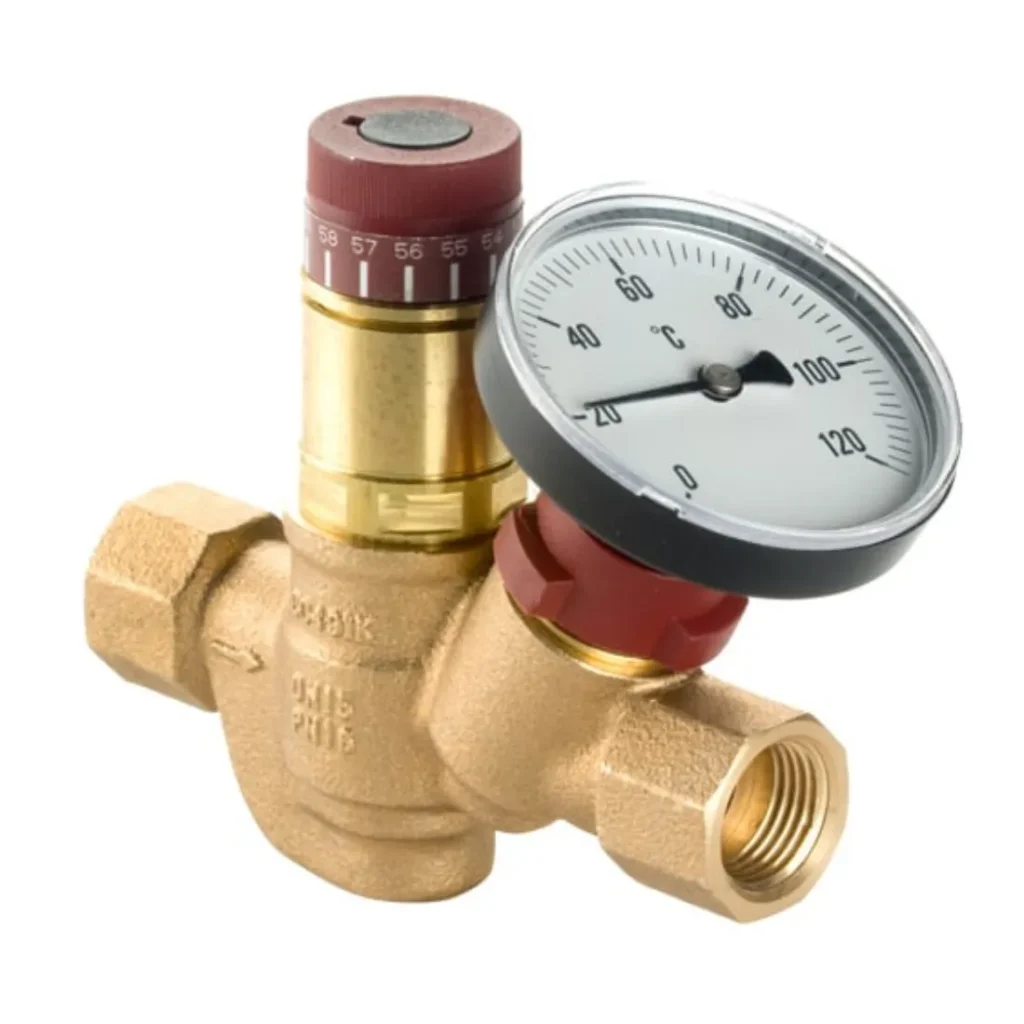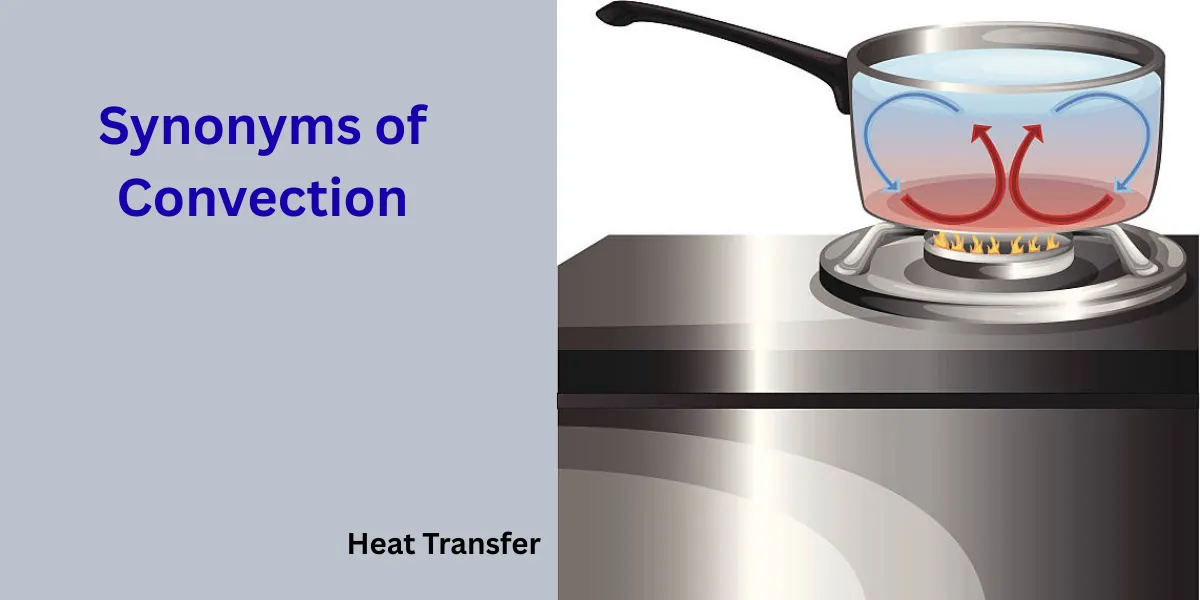Synonyms of convection, such as heat transfer, thermal circulation, and air current movement, reflect the scientific, natural, and everyday aspects of this process. For example, “heat transfer” highlights the physics behind energy movement, while “air current movement” emphasizes how convection shapes weather patterns. These terms capture different dimensions of convection, from classroom explanations to practical applications in cooking and meteorology.
If you’re writing about science, weather, or even kitchen experiments, using the right synonym helps you communicate more clearly and set the right tone. In this guide, we’ll explore a variety of ways to refer to convection and when each is most appropriate.
These synonyms of convection not only strengthen your writing but also broaden your understanding of how energy moves in fluids and gases. From textbooks to real-world contexts, the language of convection is as dynamic as the process itself.
What Does Convection Mean?
Convection is the process of heat transfer through the movement of fluids (liquids or gases). Warmer, less dense regions rise, while cooler, denser regions sink, creating a cycle of motion. This principle explains many natural and artificial phenomena—from the boiling of water to global wind circulation.
Depending on how you use the word, convection can evoke:
- Scientific precision (physics and thermodynamics)
- Weather and climate (storms, winds, and ocean currents)
- Everyday life (cooking, heating, or air conditioning)
- Dynamic motion (constant movement and energy flow)
30 Synonyms of Convection with Usage Guidance
1. Heat Transfer
Meaning: The general movement of heat from one place to another.
Example: “Convection is one form of heat transfer, along with conduction and radiation.”
Use When: You want a broad scientific explanation.
2. Thermal Circulation
Meaning: Movement caused by temperature differences in fluids.
Example: “Thermal circulation affects global wind patterns.”
Use When: In meteorology or climate discussions.

3. Fluid Motion
Meaning: The movement of liquids or gases.
Example: “Fluid motion inside the pot spreads the heat.”
Use When: General physics or engineering contexts.
4. Heat Circulation
Meaning: The cycling of heat through movement.
Example: “Radiators rely on heat circulation to warm the room.”
Use When: Everyday explanations of heating.
5. Thermal Flow
Meaning: Flow of energy due to temperature differences.
Example: “Thermal flow is crucial in designing heat exchangers.”
Use When: Technical or engineering contexts.
6. Energy Transfer
Meaning: Movement of energy from one point to another.
Example: “Convection is a form of energy transfer in the atmosphere.”
Use When: Broad, cross-disciplinary discussions.
7. Circulatory Flow
Meaning: Continuous looping movement of fluid.
Example: “Circulatory flow keeps the soup evenly heated.”
Use When: Informal or simplified scientific writing.
8. Thermal Conduction (Contrast)
Meaning: Direct heat transfer through matter.
Example: “Unlike conduction, convection requires fluid movement.”
Use When: Comparing heat transfer methods.
9. Heat Exchange
Meaning: Transfer of heat between systems or bodies.
Example: “Heat exchangers use convection for efficiency.”
Use When: Mechanical or industrial contexts.
10. Thermal Dynamics
Meaning: The science of heat and movement.
Example: “Convection plays a big role in thermal dynamics.”
Use When: Academic or technical explanations.
11. Airflow Circulation
Meaning: Movement of air caused by heat.
Example: “Airflow circulation keeps the greenhouse warm.”
Use When: HVAC, architecture, or climate studies.
12. Heat Flow
Meaning: The path of heat energy.
Example: “Heat flow in the atmosphere shapes weather patterns.”
Use When: General scientific descriptions.
13. Thermal Uplift
Meaning: Rising of warm air.
Example: “Birds use thermal uplift to glide effortlessly.”
Use When: Meteorology or aviation.
14. Advection
Meaning: Transfer of heat by horizontal fluid movement.
Example: “Advection differs from convection, focusing on horizontal flow.”
Use When: Climatology or oceanography.
15. Current Flow
Meaning: Continuous movement of fluid.
Example: “The ocean’s current flow redistributes heat.”
Use When: Oceanic or hydrodynamic contexts.
16. Updraft
Meaning: Rising column of warm air.
Example: “Thunderstorms often start with a strong updraft.”
Use When: Weather and aviation studies.
17. Thermal Mixing
Meaning: Blending of temperatures through movement.
Example: “Thermal mixing keeps the lake temperature balanced.”
Use When: Environmental science.
18. Heat Movement
Meaning: Physical relocation of heat energy.
Example: “Heat movement occurs when boiling water circulates.”
Use When: Simple educational explanations.
19. Fluid Dynamics
Meaning: The study of fluid motion.
Example: “Convection is a central topic in fluid dynamics.”
Use When: Academic, physics-heavy contexts.
20. Thermal Transfer
Meaning: Process of heat moving between substances.
Example: “Thermal transfer is maximized through convection.”
Use When: Scientific or engineering contexts.
21. Atmospheric Circulation
Meaning: Large-scale air movement driven by heat.
Example: “Atmospheric circulation creates global wind belts.”
Use When: Meteorology and climate systems.
22. Convective Flow
Meaning: Direct term for convection currents.
Example: “Convective flow drives storm formation.”
Use When: Scientific research papers.
23. Thermal Gradient Flow
Meaning: Flow caused by differences in temperature.
Example: “Thermal gradient flow explains why hot air rises.”
Use When: Advanced scientific discussions.
24. Heat Rising
Meaning: Informal way of describing convection.
Example: “Heat rising from the stove warms the kitchen.”
Use When: Everyday conversations.
25. Warm-Air Movement
Meaning: Flow of heated air.
Example: “Warm-air movement keeps the attic ventilated.”
Use When: Non-technical descriptions.
26. Thermal Circuits
Meaning: Loops of heat movement.
Example: “Thermal circuits describe recurring convection cycles.”
Use When: Technical and mechanical contexts.
27. Buoyancy Flow
Meaning: Movement caused by density differences in fluids.
Example: “Buoyancy flow occurs when warm water rises above cold water.”
Use When: Scientific discussions of density-driven processes.
28. Heat Distribution
Meaning: Spread of heat through space.
Example: “Heat distribution in homes depends on convection.”
Use When: Practical or household contexts.
29. Vertical Circulation
Meaning: Rising and sinking of air or fluid.
Example: “Vertical circulation drives weather systems.”
Use When: Meteorology, geology, or earth science.
30. Thermal Plume
Meaning: Rising column of warm fluid.
Example: “Volcanoes release a thermal plume of hot gases.”
Use When: Geology and environmental science.
Choosing the Right Synonym Based on Tone and Context
- Scientific Writing: Use thermal gradient flow, buoyancy flow, convective flow, or fluid dynamics.
- Everyday Explanations: Use heat rising, heat movement, or warm-air movement.
- Engineering & Technology: Use heat exchange, thermal transfer, or thermal circuits.
- Meteorology & Climate: Use thermal uplift, atmospheric circulation, or updraft.
- Environmental & Natural Science: Use thermal mixing, current flow, or thermal plume.
Cultural Note: In everyday English, people rarely use “convection” outside of science unless referring to convection ovens. For general audiences, simpler terms like heat circulation or heat rising are more relatable.
Conclusion
Convection is more than just a science term—it is the reason winds blow, storms form, and food cooks evenly. Its synonyms show the many ways we can talk about this movement of heat and energy.
By using the right synonym, you can match the tone of your topic, whether it’s technical, everyday, or creative. This makes your writing richer and easier to understand. Convection is always moving, and so is the language we use to describe it.
Exploring these alternatives also helps connect scientific ideas to real-life experiences. In the end, synonyms of convection remind us how closely language and nature flow together.




